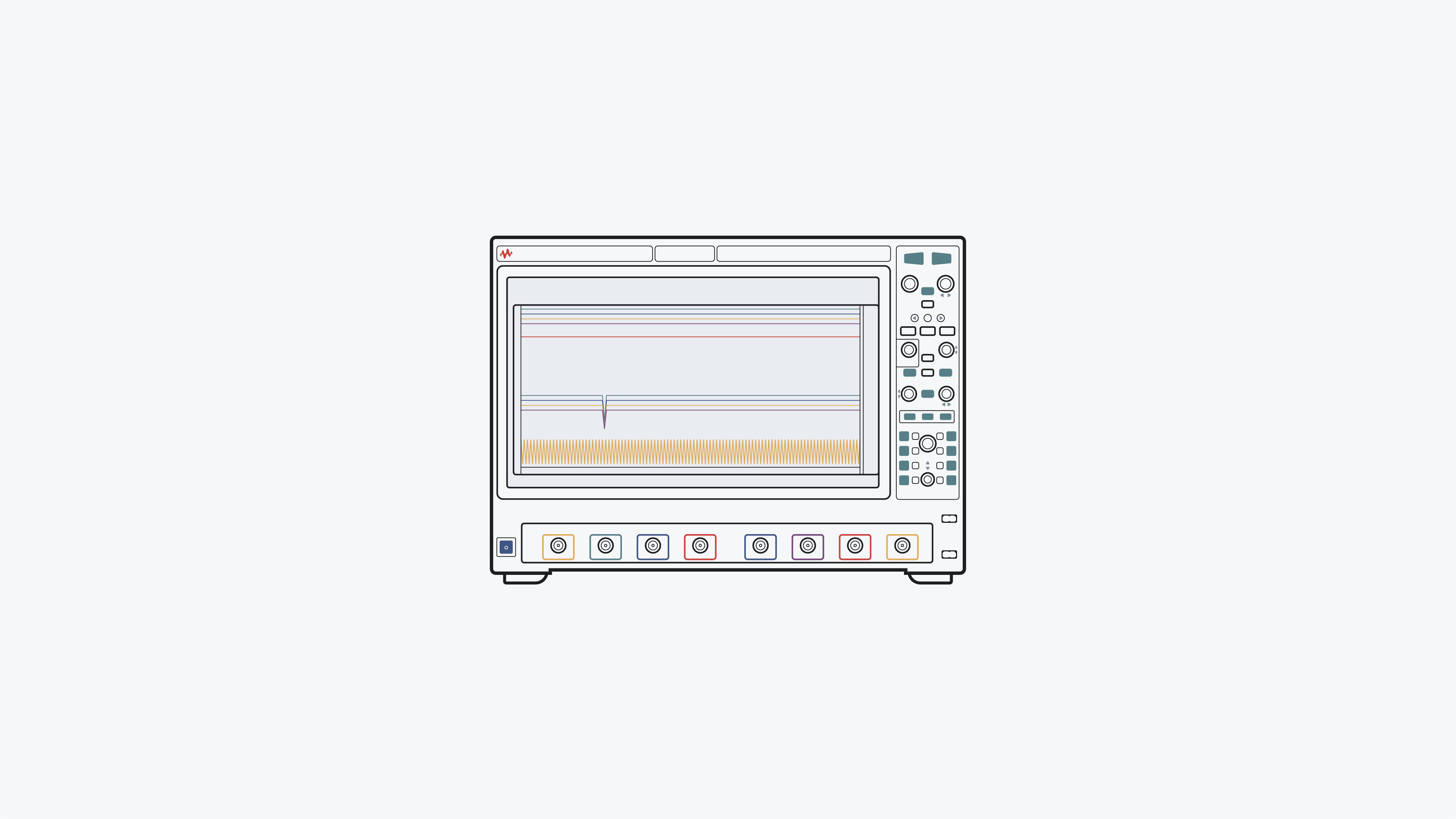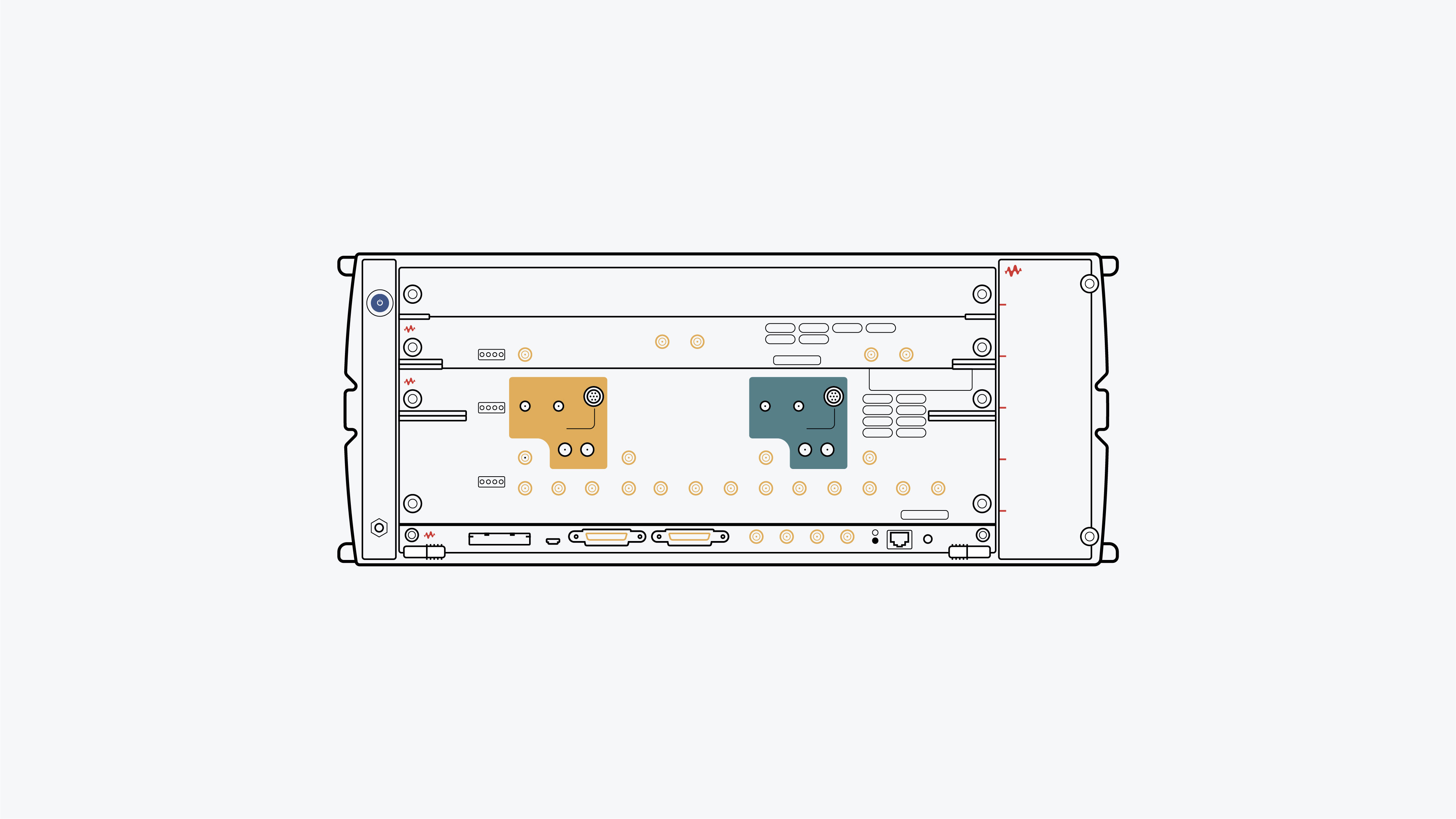segmentation:product-category/Test_Automation_Software,segmentation:product-category/Test_Automation_Software/SW_Oscilloscopes_BERTs_AWGs,segmentation:business-unit/CSG,segmentation:funnel/mofu,segmentation:search-relevance-product/software,keysight:dtx/solutions/facets/development-area/high-speed-digital,keysight:dtx/solutions/facets/workflow-stage/conformance-and-compliance,keysight:dtx/solutions/facets/industry/wireline-communications,keysight:dtx/solutions/facets/design-and-test-product/oscilloscope---logic-analyzer,segmentation:campaign/Digital_High_Performance,keysight:product-lines/24segmentation:product-category/Test_Automation_Software,segmentation:product-category/Test_Automation_Software/SW_Oscilloscopes_BERTs_AWGs,segmentation:business-unit/CSG,segmentation:funnel/mofu,segmentation:search-relevance-product/software,keysight:dtx/solutions/facets/development-area/high-speed-digital,keysight:dtx/solutions/facets/workflow-stage/conformance-and-compliance,keysight:dtx/solutions/facets/industry/wireline-communications,keysight:dtx/solutions/facets/design-and-test-product/oscilloscope---logic-analyzer,segmentation:campaign/Digital_High_Performance,keysight:product-lines/24segmentation:product-category/Test_Automation_Software,segmentation:product-category/Test_Automation_Software/SW_Oscilloscopes_BERTs_AWGs,segmentation:business-unit/CSG,segmentation:funnel/mofu,segmentation:search-relevance-product/software,keysight:dtx/solutions/facets/development-area/high-speed-digital,keysight:dtx/solutions/facets/workflow-stage/conformance-and-compliance,keysight:dtx/solutions/facets/industry/wireline-communications,keysight:dtx/solutions/facets/design-and-test-product/oscilloscope---logic-analyzer,segmentation:campaign/Digital_High_Performance,keysight:product-lines/24segmentation:product-category/Test_Automation_Software,segmentation:product-category/Test_Automation_Software/SW_Oscilloscopes_BERTs_AWGs,segmentation:business-unit/CSG,segmentation:funnel/mofu,segmentation:search-relevance-product/software,keysight:dtx/solutions/facets/development-area/high-speed-digital,keysight:dtx/solutions/facets/workflow-stage/conformance-and-compliance,keysight:dtx/solutions/facets/industry/wireline-communications,keysight:dtx/solutions/facets/design-and-test-product/oscilloscope---logic-analyzer,segmentation:campaign/Digital_High_Performance,keysight:product-lines/24segmentation:product-category/Test_Automation_Software,segmentation:product-category/Test_Automation_Software/SW_Oscilloscopes_BERTs_AWGs,segmentation:business-unit/CSG,segmentation:funnel/mofu,segmentation:search-relevance-product/software,keysight:dtx/solutions/facets/development-area/high-speed-digital,keysight:dtx/solutions/facets/workflow-stage/conformance-and-compliance,keysight:dtx/solutions/facets/industry/wireline-communications,keysight:dtx/solutions/facets/design-and-test-product/oscilloscope---logic-analyzer,segmentation:campaign/Digital_High_Performance,keysight:product-lines/24segmentation:product-category/Test_Automation_Software,segmentation:product-category/Test_Automation_Software/SW_Oscilloscopes_BERTs_AWGs,segmentation:business-unit/CSG,segmentation:funnel/mofu,segmentation:search-relevance-product/software,keysight:dtx/solutions/facets/development-area/high-speed-digital,keysight:dtx/solutions/facets/workflow-stage/conformance-and-compliance,keysight:dtx/solutions/facets/industry/wireline-communications,keysight:dtx/solutions/facets/design-and-test-product/oscilloscope---logic-analyzer,segmentation:campaign/Digital_High_Performance,keysight:product-lines/24segmentation:product-category/Test_Automation_Software,segmentation:product-category/Test_Automation_Software/SW_Oscilloscopes_BERTs_AWGs,segmentation:business-unit/CSG,segmentation:funnel/mofu,segmentation:search-relevance-product/software,keysight:dtx/solutions/facets/development-area/high-speed-digital,keysight:dtx/solutions/facets/workflow-stage/conformance-and-compliance,keysight:dtx/solutions/facets/industry/wireline-communications,keysight:dtx/solutions/facets/design-and-test-product/oscilloscope---logic-analyzer,segmentation:campaign/Digital_High_Performance,keysight:product-lines/24segmentation:product-category/Test_Automation_Software,segmentation:product-category/Test_Automation_Software/SW_Oscilloscopes_BERTs_AWGs,segmentation:business-unit/CSG,segmentation:funnel/mofu,segmentation:search-relevance-product/software,keysight:dtx/solutions/facets/development-area/high-speed-digital,keysight:dtx/solutions/facets/workflow-stage/conformance-and-compliance,keysight:dtx/solutions/facets/industry/wireline-communications,keysight:dtx/solutions/facets/design-and-test-product/oscilloscope---logic-analyzer,segmentation:campaign/Digital_High_Performance,keysight:product-lines/24segmentation:product-category/Test_Automation_Software,segmentation:product-category/Test_Automation_Software/SW_Oscilloscopes_BERTs_AWGs,segmentation:business-unit/CSG,segmentation:funnel/mofu,segmentation:search-relevance-product/software,keysight:dtx/solutions/facets/development-area/high-speed-digital,keysight:dtx/solutions/facets/workflow-stage/conformance-and-compliance,keysight:dtx/solutions/facets/industry/wireline-communications,keysight:dtx/solutions/facets/design-and-test-product/oscilloscope---logic-analyzer,segmentation:campaign/Digital_High_Performance,keysight:product-lines/24segmentation:product-category/Test_Automation_Software,segmentation:product-category/Test_Automation_Software/SW_Oscilloscopes_BERTs_AWGs,segmentation:business-unit/CSG,segmentation:funnel/mofu,segmentation:search-relevance-product/software,keysight:dtx/solutions/facets/development-area/high-speed-digital,keysight:dtx/solutions/facets/workflow-stage/conformance-and-compliance,keysight:dtx/solutions/facets/industry/wireline-communications,keysight:dtx/solutions/facets/design-and-test-product/oscilloscope---logic-analyzer,segmentation:campaign/Digital_High_Performance,keysight:product-lines/24segmentation:product-category/Test_Automation_Software,segmentation:product-category/Test_Automation_Software/SW_Oscilloscopes_BERTs_AWGs,segmentation:business-unit/CSG,segmentation:funnel/mofu,segmentation:search-relevance-product/software,keysight:dtx/solutions/facets/development-area/high-speed-digital,keysight:dtx/solutions/facets/workflow-stage/conformance-and-compliance,keysight:dtx/solutions/facets/industry/wireline-communications,keysight:dtx/solutions/facets/design-and-test-product/oscilloscope---logic-analyzer,segmentation:campaign/Digital_High_Performance,keysight:product-lines/24
How to Test PCIe® 5.0 Transmitter Compliance
Verifying Peripheral Component Interconnect Express (PCIe®) 5.0 transmitter compliance involves physical layer signal quality and transmitter equalization testing using a high-bandwidth oscilloscope. Learn how to quickly test for compliance using an automated PCIe 5.0 test solution.
Learn more
Oscilloscopes
Analyzers
Meters
Generators, Sources, and Power Supplies
Software
Wireless
Modular Instruments
Network Test and Security
Network Visibility
Services
Additional Products








